Returnal
Hands-on game reviews are a journalist's first impressions of a game based on spending some time with it ahead of our full review. In this case, we played the first two biomes of Returnal. The important thing is we have been able to play with it ourselves, and we can give you some sense of what it's like to enjoy, even if it's only an embryonic view. For more information, see TechRadar's Reviews Guarantee.
Returnal is challenging. A pop-up before you start the game warns you of that, but it doesn’t mean you’ll be prepared. Make no mistake, Returnal is a roguelike. And while developer Housemarque has put its own stamp on the genre, melding it with third-party shooters, this PS5 exclusive promises a testing journey – but one you’ll want to keep coming back to.
Returnal will put you through your paces, allowing for few persistent upgrades between runs, and having you simultaneously grind and start from scratch at the same time. But each death – and you will die, a lot – is not entirely pointless, as it unearths more of the story, uncovers secrets you may have missed before, and potentially offers better loot (but sometimes you’re just unlucky).
While Returnal is an undeniably challenging experience, it’s also a stunningly immersive one. The combination of the subtle utilization of the DualSense PS5 controller’s haptic feedback and adaptive triggers, Sony 3D audio tech, and the downright mesmerizing environment make for one of the most immersive gaming experiences we’ve enjoyed to date, outside of VR. This immersion adds significant depth to the game’s (so far) somewhat bizarre story, and sees Returnal shaping up to be a truly next-gen PS5 exclusive.
We got to play Returnal’s first two biomes as part of a hands-on preview. Here are our early impressions of Housemarque’s third-party roguelike shooter.
- Best PS5 games: the PlayStation 5 games you need to play
Returnal price and release date
- What is it? A third-person roguelike shooter exclusive to PS5
- Release Date? April 30, 2021
- What can I play it on? Playstation 5
- Price? Standard edition is roughly $69.99/£69.99/AU$124.95
Everyday is exactly the same
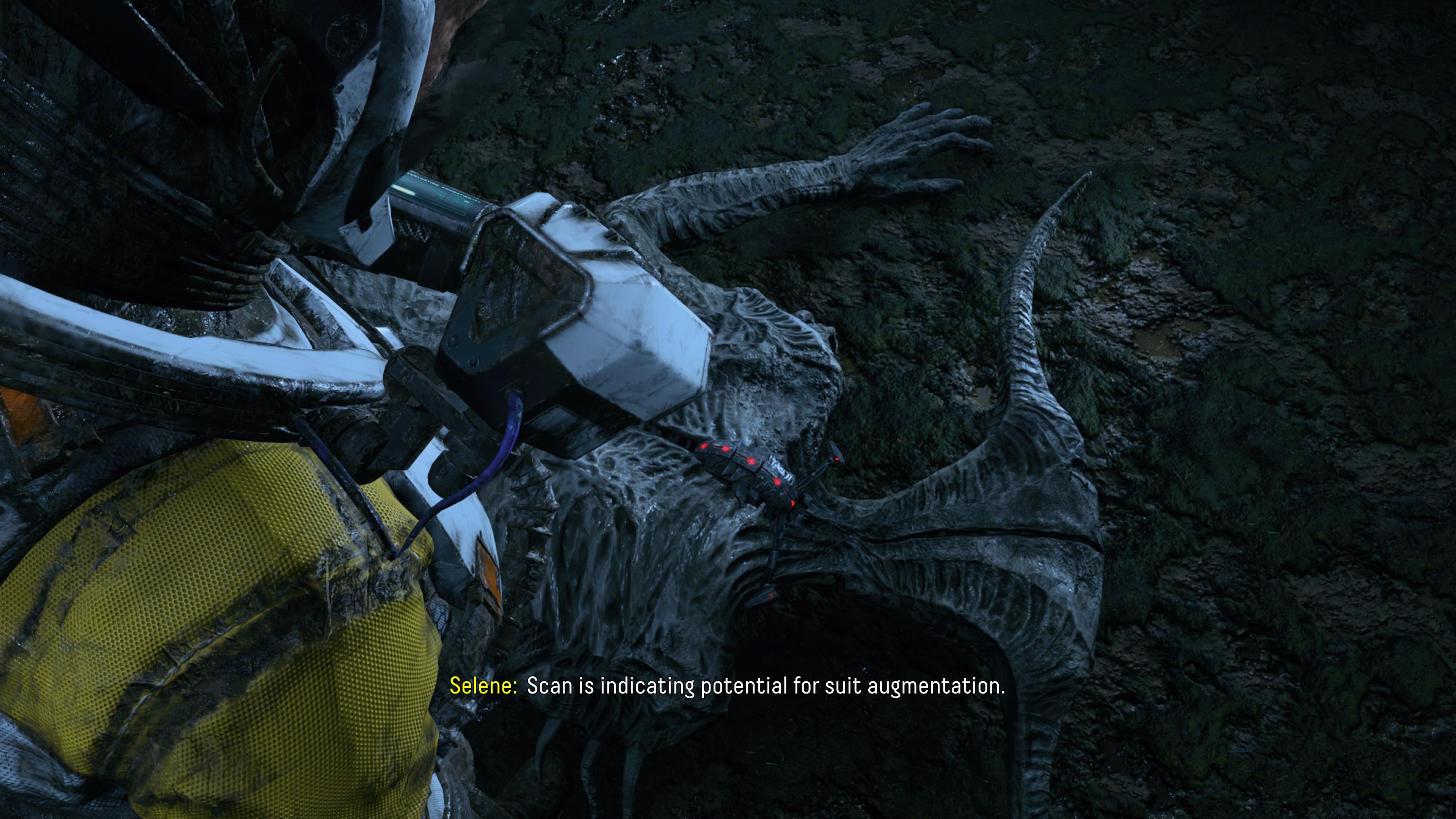
- An ever-changing world keeps things fresh
- Runs include all biomes
- Death is not pointless
Returnal is centered around space pilot Selene, who crashes her ship, Helios, on an alien planet called Atropos. But Atropos is stuck in a time loop, meaning that each time Selene dies – and she will die frequently – she begins a new life cycle starting at the crash site. Equipped with a high-tech suit, Selene sets out to battle her way across Atropos and break the loop, which will allow her to escape.
But this isn’t a simple case of Selene having to work her way through the same map again and again; instead, with each reset cycle, the world changes. In true roguelike fashion, each biome (of which there are six) is made up of ‘rooms’ much like dungeons, but when the cycle resets the order of these rooms changes – sometimes a room you visited last cycle isn’t available this cycle. In addition, the enemies in those rooms change too, which keeps you on your toes, as you never quite know which room you’re about to wander into – or what lurks there.
Considering how much you die in Returnal, it’s a smart move for keeping things fresh with each run; and, in some cases, resetting the cycle allows Selene to pick up pieces of story information she may have missed, like Scout logs that Selene previously recorded and which give hints about the (intriguing but bizarre) story.
A map helps you keep tabs on which rooms you’ve been in, and differentiates which upcoming rooms are simply side paths – likely containing loot – and which are main gateways leading towards the objective (highlighted in orange on the map). This is a helpful feature, especially as you unlock more biomes. As we’ve mentioned, instead of the cycle resetting from the most recently unlocked biome, you respawn back at the crash site and have to make your way through all the previously unlocked biomes before making it to the point at which you died. So, for example, if I made it to the middle of the second biome and died, I would respawn at the crash site and have to go through biome one to get into biome two. We assume this will be the case for all six of the game’s biomes.
While this adds to the challenge, we found it to be enormously frustrating, as it makes progressing through later biomes even more difficult – not simply because of the challenge itself, but because of the time it takes.
Just one more go
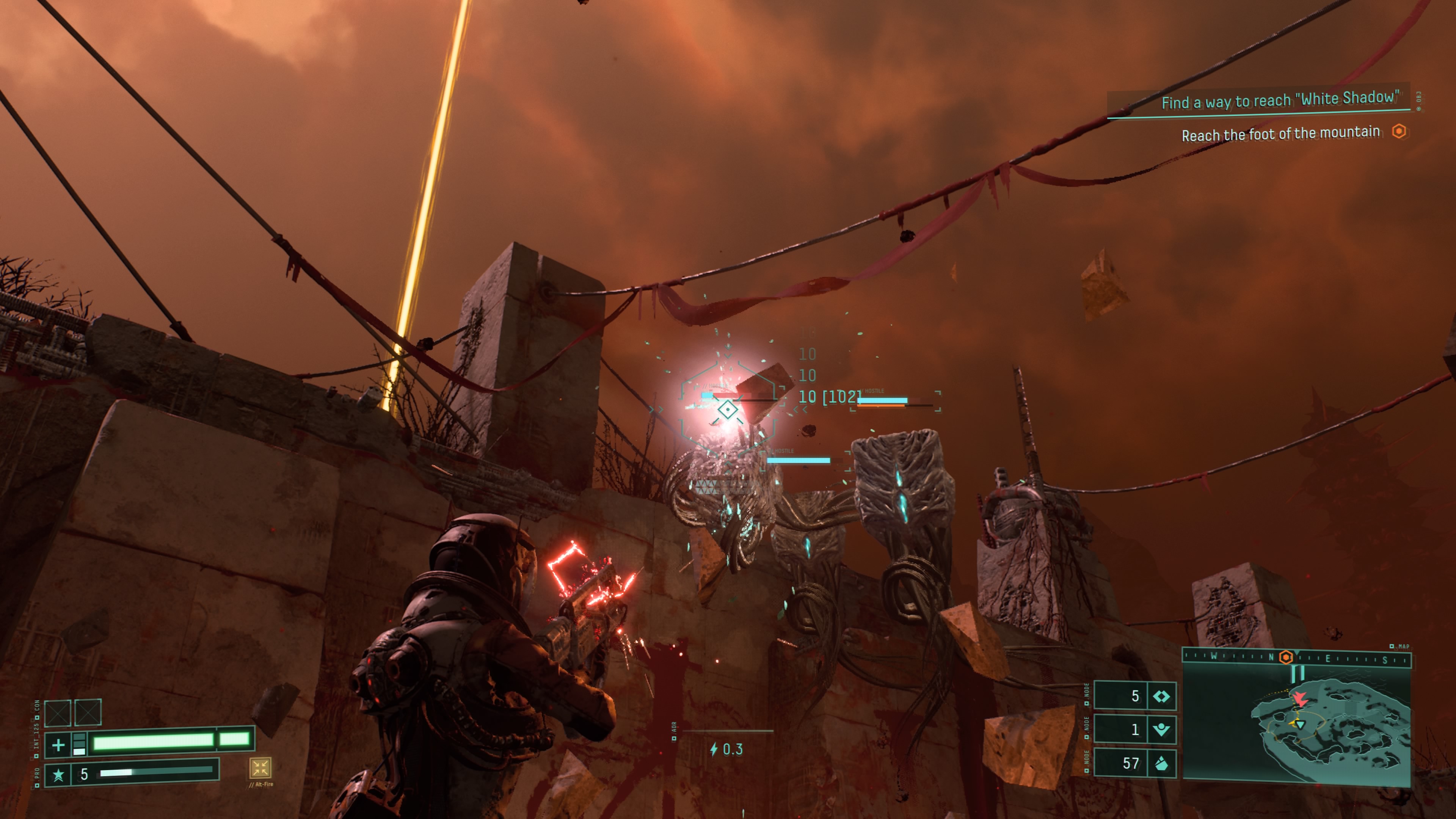
- Not enough persistent upgrades or permanent items
- Adaptive triggers add depth to combat
- Weapons to suit different playstyles
Returnal’s combat feels smooth and weighty. At the start of each cycle, Selene begins with a single pistol, and it's up to players to uncover better weapons on their run – sometimes you’ll be onto a winner, and other times you’ll be plain unlucky.
Housemarque has confirmed that there are 10 base weapons, more than 90 weapon traits (each with three levels) and 10 alt-fires in Returnal. In our hands-on time we didn’t get to try out all of these, but the weapons we did try out seemed, at least initially, to replicate weapons staples like a pistol, shotgun and assault rifle, and a melee blade. But these base weapons have different traits that suit a variety of playstyles and enemies; for example, you could be looking at two different Spitmaw Blasters, one of which generates acid pools while the other fires exploding shells. As you progress, you unlock new weapon traits, and then later can add on new ones, and you’ll also be able to pick up higher-level versions of weapons.
We found it took a lot of trial and error to find the type of weapon that suited us, but they all felt great. Returnal makes good use of the DualSense’s adaptive triggers, allowing you to hold down the left trigger halfway for a focus shot, or all the way for an alt fire (more powerful) shot. This utilization adds layers to combat, making you think about the movement of your trigger finger, and allowing you to immediately feel the feedback from a powerful shot. It’s worth noting that this feature can be turned off if you wish.
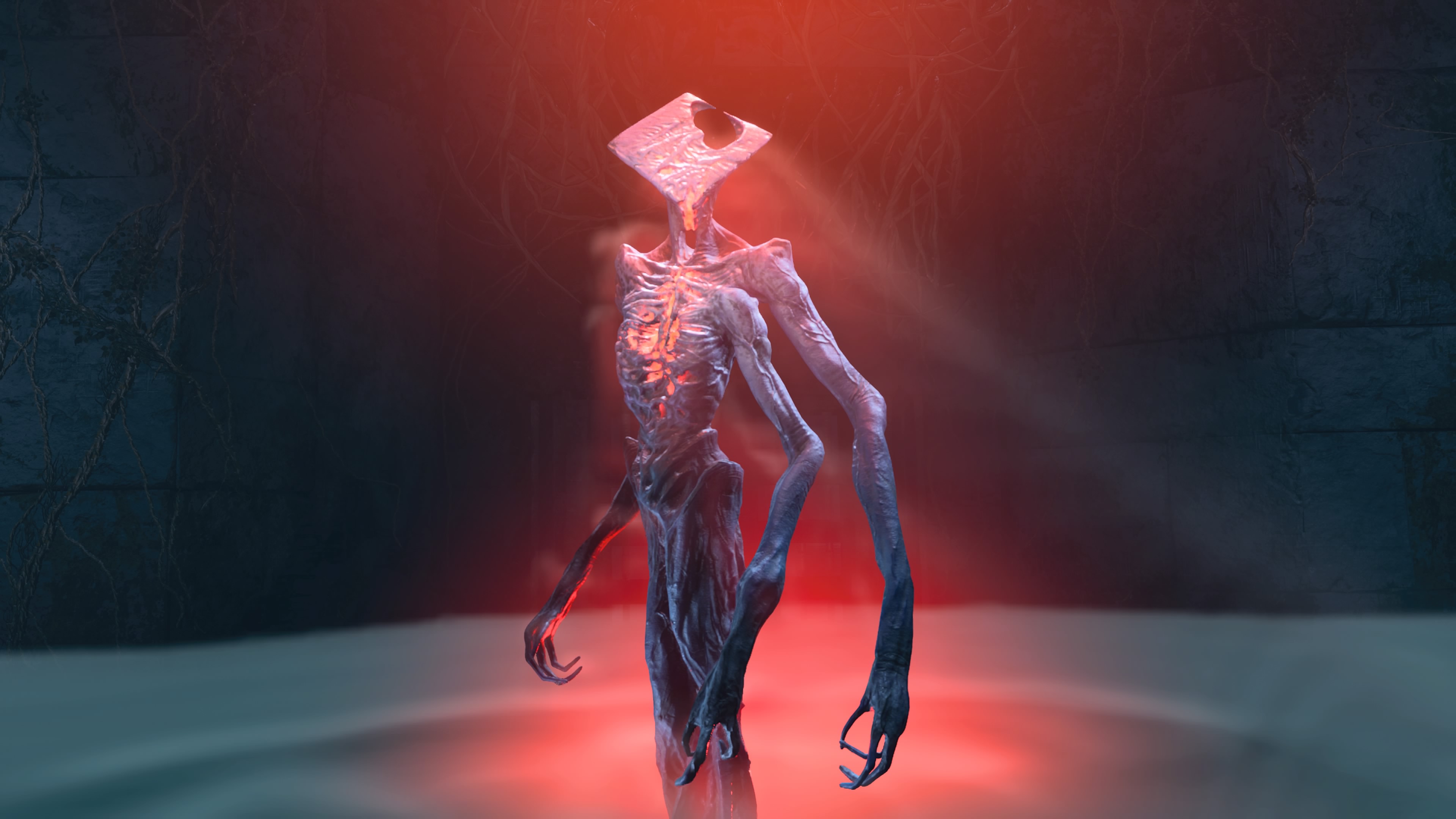
In addition to the weapons, some of Returnal’s most key items are artefacts. Artefacts grant upgrades to Selene, such as improving melee damage or increasing protection. Grabbing as many of these as you can in your run is advised, and some can be created using a fabricator. Fabricators turn Obolites, a glowing yellow resource you find in-game, into specific artefacts – although broken fabricators create random artefacts.
It’s also possible to use a rarer resource called Ether to get artefacts from an alien device at Selene’s crash site, depositing a certain amount of the Ether into the device and receiving a random artefact in return. Ether is super-useful, and can also be used to scavenge the bodies of other fallen scouts (if online is enabled) as you may be able to pick up some of their loot. Alternatively, you can avenge a fallen scout in order to try and get Ether – but that’s a bit riskier. Avenging a scout means that a large enemy will spawn, and needs to be killed in order for you to gain your Ether reward. But, in some cases, the dead scout will turn into a parasitic monster creature that simply needs to be killed. Sorry, buddy.
Even riskier is picking up a Parasite, which gives Selene both a buff and a debuff – for example, you may get higher weapon power, but only if you’re standing still. Another risky endeavour you can undertake is picking up a Malignant item, or opening a Malignant chest, which carries the risk of causing your suit to malfunction, but which could also give you good loot; unlike Parasites, though, these malfunctions can be removed by completing certain tasks.
While artefacts are super-handy, they don’t persist through cycles. So, if you die, you lose all the artefacts and weapons you gathered up in that cycle. There’s a serious lack of persistent upgrades in Returnal, particularly in comparison to other roguelikes, and it sometimes makes progression feel like a thankless task. To put it into perspective, when I entered the second biome, Crimson Wastes, I had just three permanent items in my inventory.
A bit of flexibility here could have done wonders. While beating a really tough boss feels amazing, you come crashing back down to earth when after your next death you realize that you lost the good loot you got from them.
Truly next-gen
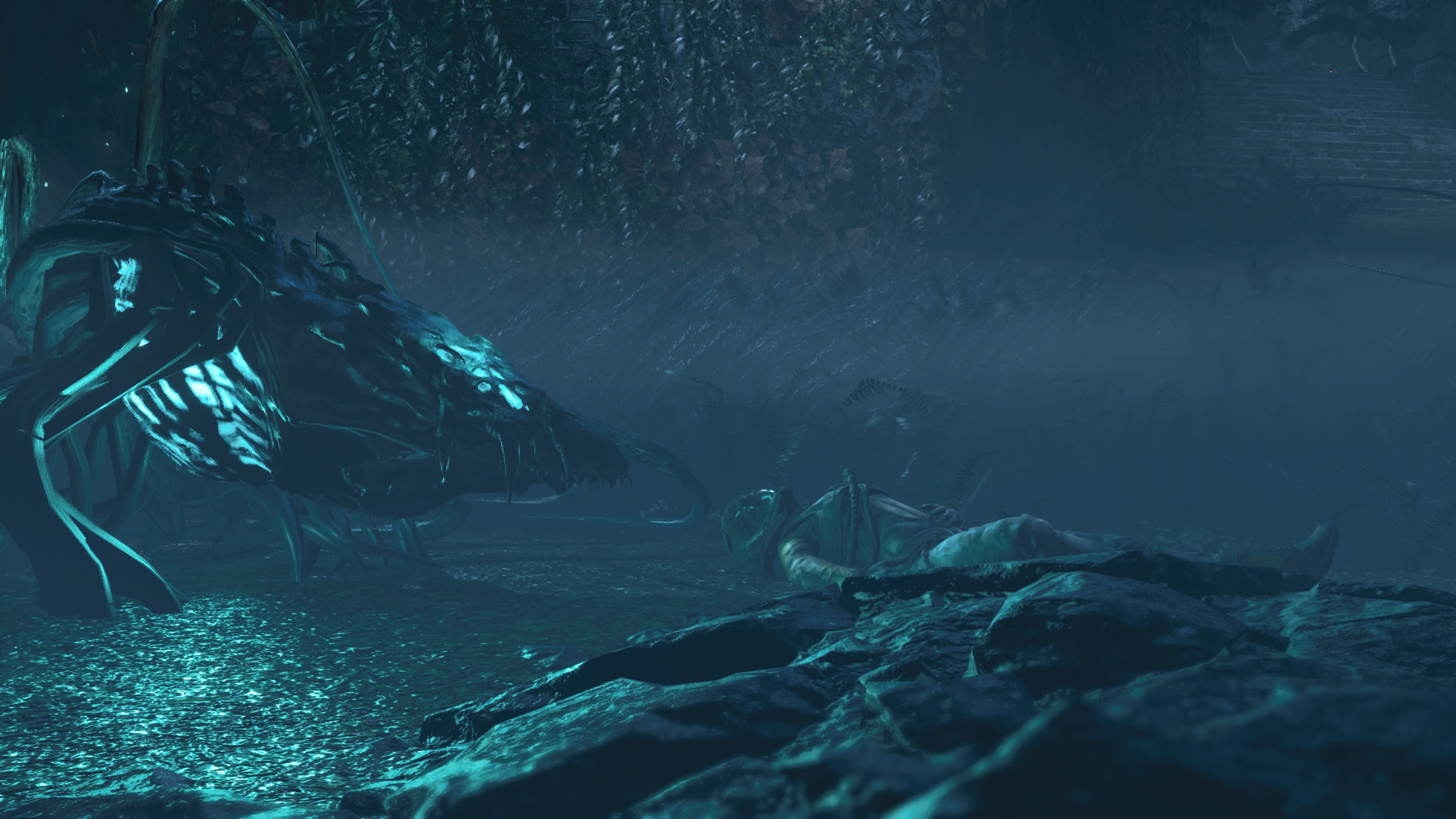
- 3D audio and DualSense add to immersion
- Accessibility options
- Loading times are miminal
Returnal is understandably a PS5 exclusive. While PS4 players will be wanting to get their hands on Sony’s upcoming first-party offering, we feel that returnal simply wouldn’t have worked on last-gen hardware.
Given that the game is based around constant death and respawning, the PS5’s super-fast SSD makes this ritual much less frustrating than it could have been on PS4. Loading times are extremely fast and transitions are seamless, making you more inclined to come back for more.
In addition, Returnal is a brilliant showcase for PS5 tech. The DualSense haptic feedback is fairly subtle, gently reacting to on-screen events in a way that doesn’t break your attention but adds to the experience. Paired with headphones, which allow for PS5 3D spatial audio, Returnal’s environment truly comes to life. You can hear the slithering of the world’s creatures in the background, the rumble of a storm in the distance, and the raindrops falling on Selene’s helmet.
All this immersion made us a bit motion sick at times, but Housemarque offers a selection of accessibility options that include removing motion blur, adjustments for color blindness and more.
Early verdict
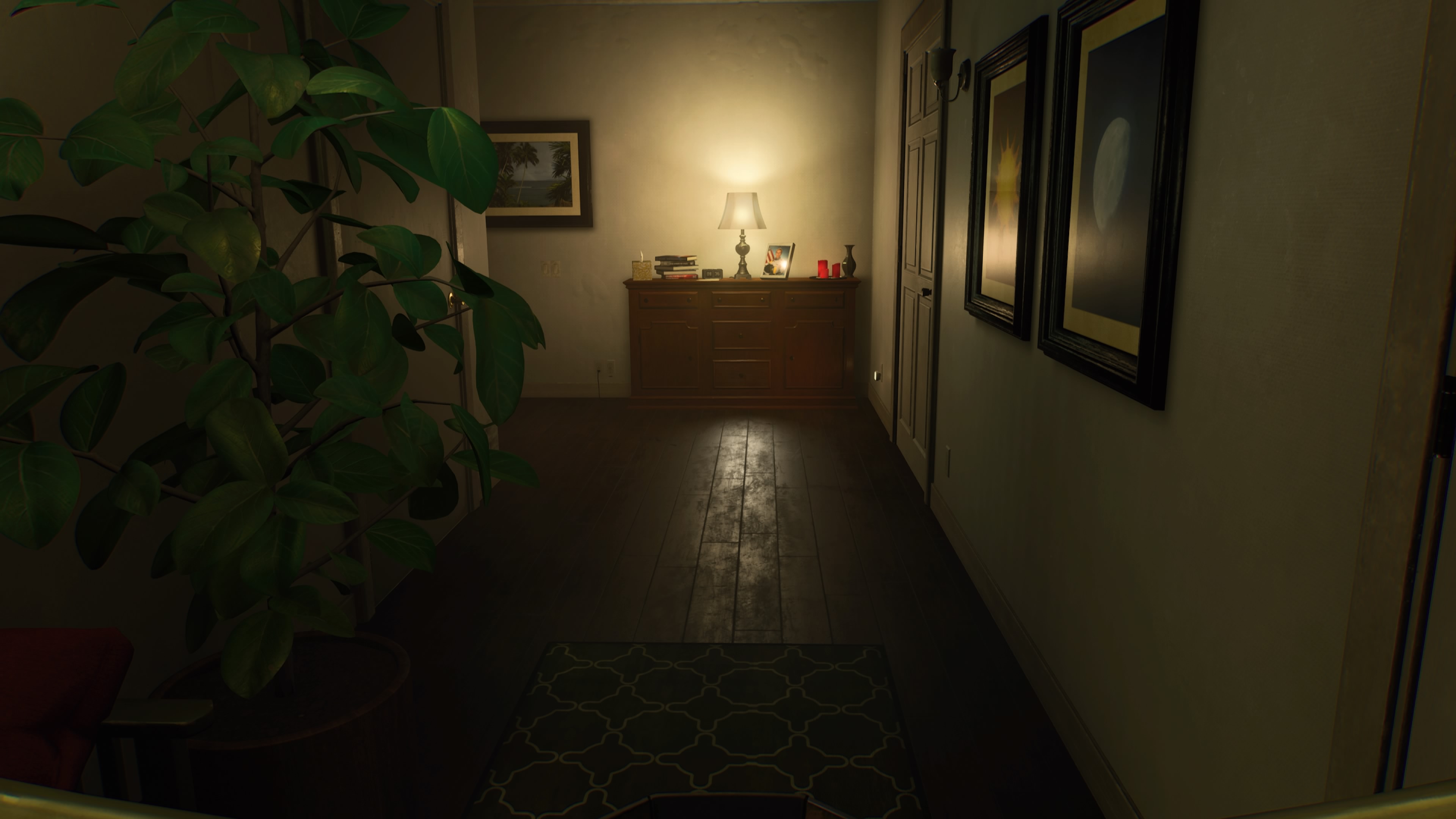
Returnal is the perfect game for those who love a challenge with a bit extra behind it. Our early impressions are that Housemarque has made a PS5 exclusive that meets the standards of what we’ve been crying out for from the new console, and Returnal is a fantastic showcase for what this new hardware is actually capable of.
- New PS5 games: upcoming PS5 game release dates
0 comments:
Post a Comment